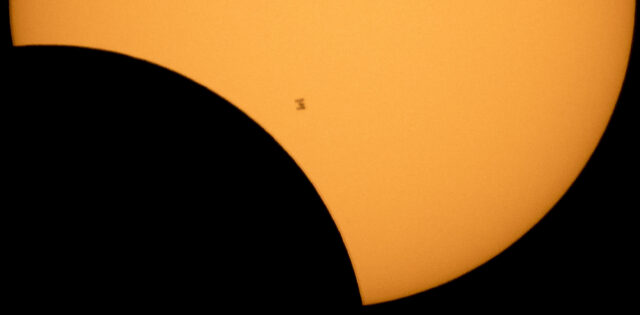Inmates Launch Legal Challenge Over Eclipse Lockdown
A group of inmates in New York state have filed a lawsuit against the Department of Corrections over plans to implement a statewide prison lockdown during the upcoming total solar eclipse on April 8th. The inmates, housed at the Woodbourne Correctional Facility, argue that the lockdown infringes on their constitutional rights to freely practice their religious beliefs by preventing them from witnessing and participating in this rare celestial event.
The plaintiffs include individuals from various faith backgrounds – Baptist, Muslim, Seventh-Day Adventist, Santeria practitioners, as well as an atheist. Their complaint highlights the profound religious significance of solar eclipses, citing references in the Bible and Islamic texts that describe eclipse-like phenomena during pivotal moments in those traditions.
With the last total solar eclipse visible in the United States occurring in 2017, and the next not until 2044, the inmates contend that this astronomical marvel warrants opportunities for religious observation, celebration, and reflection. Some had previously received approval to view the eclipse with protective eyewear provided by the state, but that access was revoked with the announced lockdown procedures.
While the Department of Corrections stated it cannot comment on pending litigation, a spokesperson noted the agency reviews all requests for religious accommodations. The lockdown will require inmates to remain in their housing areas from 2 pm to 5 pm on April 8th, the typical window for outdoor recreation. Visitation will also be curtailed or prohibited at certain facilities along the eclipse’s path of totality.
As the legal battle plays out, the scientific community is mobilizing to capitalize on the unique research opportunities presented by the total solar eclipse. Astronomers, biologists, and atmospheric scientists are preparing a range of ambitious experiments and observations leveraging this celestial convergence. Some will hunt for clues on more innovative ways to exploit solar energy.
The path of totality, where the moon fully eclipses the sun, will cast a swath of darkness across parts of North America lasting up to four minutes. Though brief, this window enables rare studies of the sun’s atmosphere, the impacts on wildlife behaviour, and even probing the planet’s atmospheric conditions using sounding rockets.
With over 30 million people potentially in the path, double the number of the 2017 U.S. eclipse, researchers are excited about the possibilities for new data and discoveries. Ongoing studies are already revealing peculiar animal responses, from gorilla troops retreating for evening meals as darkness fell, to giraffes running inexplicably and Galapagos tortoises engaging in a mating frenzy at peak totality.
To ensure unobstructed viewing, NASA is deploying high-altitude aircraft to trail the path offshore, experiencing up to 7 minutes of darkness ideal for solar observations. Other teams will leverage networks of microphones and crowd-sourced observations to assess how varying species react to the dramatic light and temperature changes.
(With Inputs from AP)
Also See
In a career spanning three decades and counting, Ramananda (Ram to his friends) has been the foreign editor of The Telegraph, Outlook Magazine and the New Indian Express. He helped set up rediff.com’s editorial operations in San Jose and New York, helmed sify.com, and was the founder editor of India.com.
His work has featured in national and international publications like the Al Jazeera Centre for Studies, Global Times and Ashahi Shimbun. But his one constant over all these years, he says, has been the attempt to understand rising India’s place in the world.
He can rustle up a mean salad, his oil-less pepper chicken is to die for, and all it takes is some beer and rhythm and blues to rock his soul.
Talk to him about foreign and strategic affairs, media, South Asia, China, and of course India.





